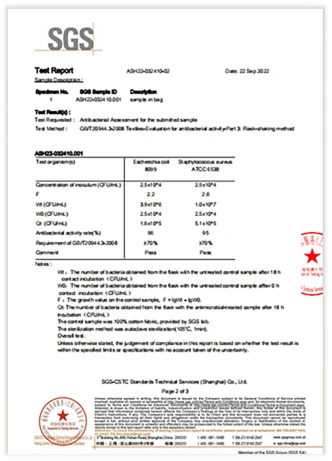Exploring Different Positions for Medical Beds and Their Benefits
Understanding Medical Bed Positions Enhancing Patient Care and Comfort
In the realm of healthcare, the significance of medical beds cannot be overstated. These beds are essential in hospitals, rehabilitation centers, and home care settings, playing a pivotal role in patient recovery and comfort. One of the key features of medical beds is their ability to adjust to various positions, providing customized support for patients with different medical needs. Understanding the different medical bed positions and their benefits is crucial for healthcare providers, caregivers, and family members.
Common Medical Bed Positions
Medical beds are designed to be adjustable, allowing caregivers to position patients in ways that enhance their comfort and facilitate treatment. Here are some common positions
1. Flat Position This is the standard position where the bed is entirely flat. It is often used for patients who are resting, in stable condition, or recovering from surgery. The flat position is ideal for sleeping and provides comfort for most patients.
2. Fowler's Position In this position, the head of the bed is elevated to various angles, typically between 30 to 90 degrees. Fowler’s position is beneficial for patients with respiratory issues, as it alleviates pressure on the diaphragm and encourages easier breathing. It also helps patients who have difficulty swallowing or are at risk of aspiration.
3. Semi-Fowler’s Position This is a variation of Fowler's position, where the bed is elevated to about 30 degrees. It is often used for patients who need assistance with breathing but do not require the full elevation of Fowler’s position. This position can improve comfort and facilitate feeding or digestive processes.
4. Trendelenburg Position In this position, the bed is tilted so that the patient's feet are elevated above their head. This position can be beneficial in certain medical situations, such as promoting blood flow to the brain during specific emergencies or surgeries. However, it should be used cautiously due to the potential risk of increased intracranial pressure.
5. Reverse Trendelenburg Position The reverse position elevates the head while keeping the feet lower than the heart. This is helpful for patients who have certain respiratory or gastrointestinal conditions, as it can alleviate pressure on the abdomen and reduce the risk of aspiration.
6. Side-Lying Position Patients may also need to be positioned on their sides for comfort or to relieve pressure on specific areas. Side-lying positions can help prevent bedsores, reduce strain on the back, and provide comfort during long periods of lying down.
medical bed positions products

Benefits of Adjustable Medical Beds
The ability to adjust medical beds to various positions offers a multitude of benefits
- Enhanced Comfort By providing the right support and positioning, medical beds reduce discomfort associated with long periods of lying down, promoting a better overall experience for patients.
- Improved Patient Care Proper positioning can facilitate medical treatments, such as suctioning, wound care, and respiratory therapies, enabling healthcare providers to deliver optimal care.
- Pressure Ulcer Prevention Adjusting the position of the patient frequently can significantly reduce the risk of pressure ulcers, a common concern among immobile patients. Alternating positions allows for better blood circulation and less friction on the skin.
- Facilitating Mobility Certain positions can help patients who are working towards regaining mobility. For instance, elevating the head of the bed can assist patients in sitting up, which is a critical step in rehabilitation.
- Increased Independence With the advent of advanced medical beds, many patients can adjust their own positions using remote controls. This promotes independence and helps patients feel more in control of their care.
Conclusion
Medical bed positions are a vital aspect of patient care in healthcare settings. By understanding the various adjustable positions available and their specific benefits, caregivers and healthcare professionals can provide tailored support to meet the individual needs of their patients. Properly positioned beds not only enhance comfort but also facilitate medical interventions, prevent complications, and ultimately contribute to a more effective healing environment. Investing in the right medical bed products is essential for promoting better health outcomes and improving the quality of care provided to patients in both institutional and home settings.
-
The Effect of Coconut Foam Mattress Breathability and Humidity Regulation on Improving Sleep QualityNewsJul.03,2025
-
How Wave Mattress Systems Improve Blood Circulation During ImmobilityNewsJul.03,2025
-
The Climate-Adaptive Sleep Revolution: Exploring the Benefits of Cooling Gel Memory Foam MattressesNewsJul.03,2025
-
Exploration of the Role of Coconut Foam Mattress in Preventing Bedsores in the ElderlyNewsJul.03,2025
-
Comparing Wave Mattress and Air Mattress: Which Is Better for Medical Use?NewsJul.03,2025
-
Analysis of Comfort and Environmental Performance of Natural Latex and Coconut Foam MattressNewsJul.03,2025
-
Multi-Layer Construction for Enhanced Performance in Gel Mattress PadNewsJun.24,2025

